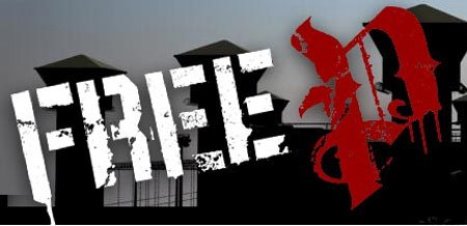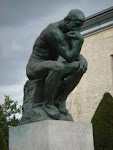Not carbon offset but carbon penitence
Posted: 15 Jan 2009 02:00 AM CST
Tomorrow I fly from New York City to Salt Lake City, Utah, leaving in my wake a big long contrail and a lot of carbon dioxide--both of which contribute to global warming. It'll be the second flight I've taken in more than two years.
What's popular, when it comes to flying, is buying carbon offsets. But I find the concept concerning (see my post "You can't buy a clean conscience").
People think that when they buy an offset that they've undone the damage of their flying. That isn't so. To make a somewhat melodramatic analogy, that would be like saying you undo the damage of starving one person by feeding someone else who is hungry.
Once we burn the carbon into the atmosphere, it's there to stay. What's always worried me about carbon offset schemes is that we imagine that we've somehow taken it back out again when we haven't.
None of which is to say that a world with a carbon offsets isn't better than a world without. It's just I might prefer a different name--like carbon penitence. It implies more truthfully what is going on: I was unable to avoid doing some harm, and there is no undoing the harm, but now I'm going to try to do some good in retribution.
All of which brings me to my carbon penitence for my trip to Sundance to see the No Impact Man documentary premiere and to take part in the ensuing panel discussions. As part of the documentary budget, we are giving a certain amount of cash to renewable energy programs in the developing world.
As penitence for our travel to Sundance, in particular, I am proud to say that we are supporting a hydro-electric project in Honduras known as La Esperanza. We are doing this through an excellent organization known as E+Co, which arranges financing for such schemes.
According to the E+Co website:
La Esperanza is a 13.5 megawatt run-of-the-river hydroelectric facility that provides clean energy to over 10,000 households in Honduras. Not only does the facility feed into the national grid, but it also provides electricity to every household in the village of La Esperanza. Since inception, the hydro plant has created over 75 jobs, a small micro-lending program and reforested more than 40,000 trees.
As with many other villages in Honduras, the community of La Esperanza suffered from a complete lack of electrification, a deteriorating environment and a collapse of its economic base. The arrival of the hydroelectric facility reinvigorated this community and serves as a model for river-based villages in Honduras.
Watch a cool video about the project below. And if you're interested in helping with similar projects, consider investing with or giving to E+Co yourself (to do so, follow this link).
Thursday, January 15, 2009
Subscribe to:
Post Comments (Atom)
























































































































































































































































.jpg)








































































































































































































































































































































































































































































































































































































































No comments:
Post a Comment